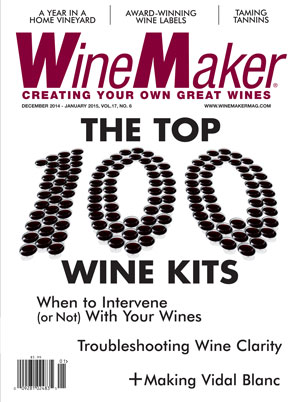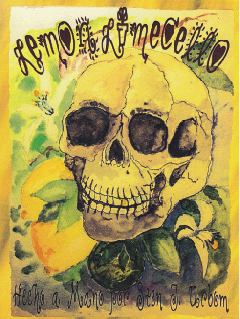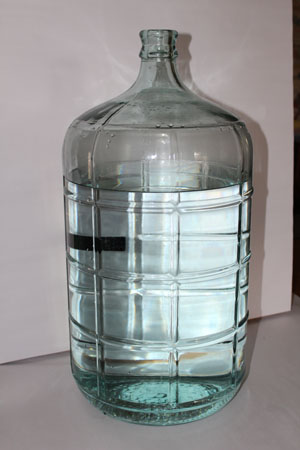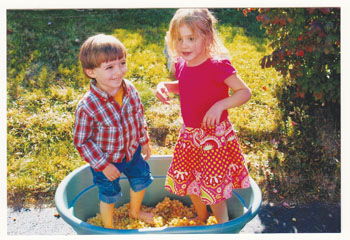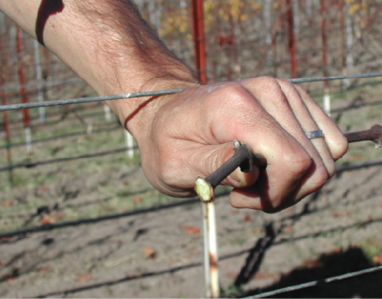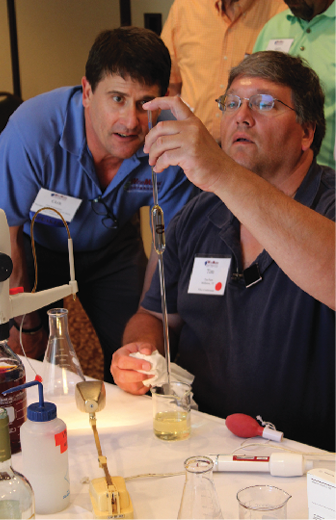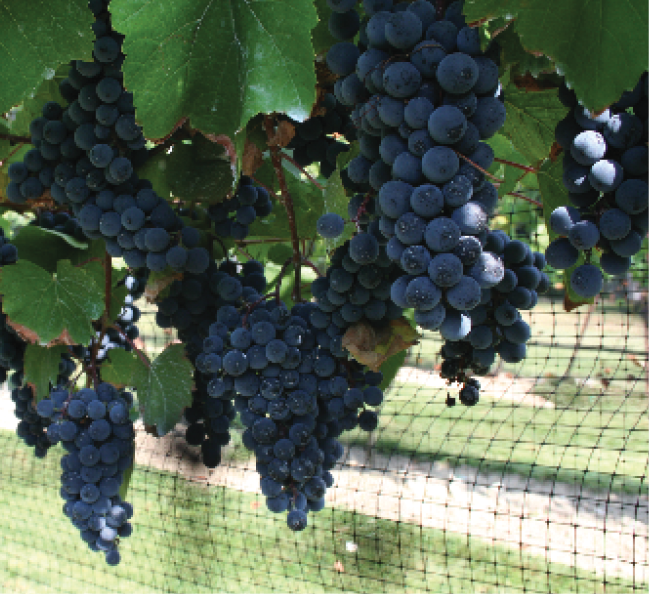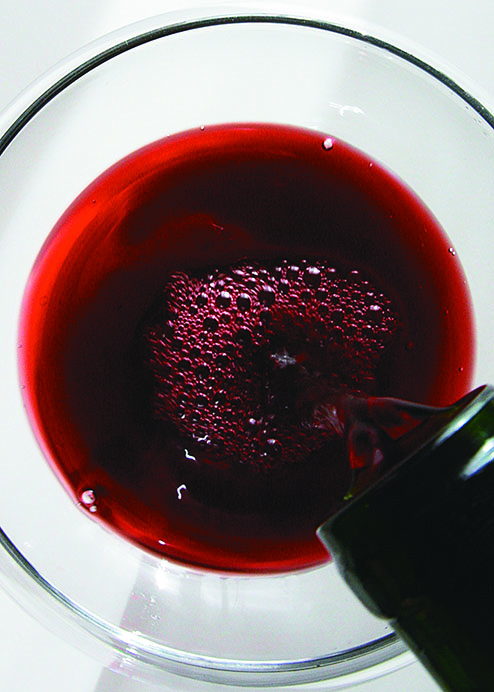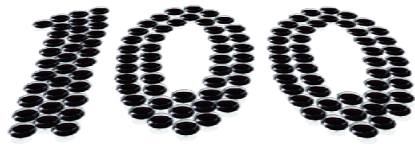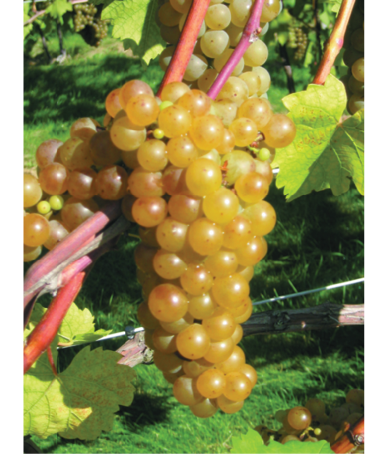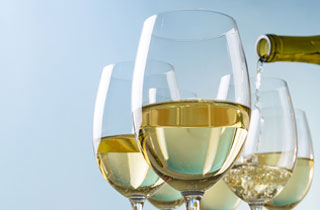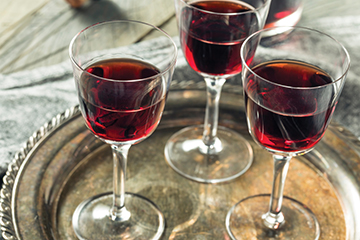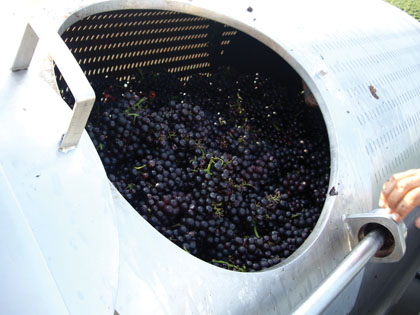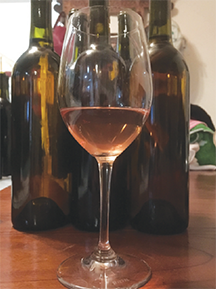Dec 14-Jan 15
2014 Wine Label Contest Winners
Here’s the winners of the 2014 WineMaker label contest.
Why the Tiny Bubbles?
There are so many microbes that can produce tiny bubbles in new wines that perhaps your question should be, what microbes will not produce tiny bubbles in dry must? Everything from (of
Softened Water, High Alcohol Wine, and Tiny Bubbles
Water softeners add another wrinkle, namely because they tend to add a lot of sodium.
Grape Growing Q&A
Grape growing questions answered!
Using Outside Labs to Run Analysis Tests on your Wine
There is lots of information out there about how to run various juice and wine analytical procedures at home if you want to do that. If you do not want to run
A Year in a Home Vineyard
Grapevine Dormancy The beginning of the calendar year in my Hyde Park, New York home vineyard is when the vines are in dormancy. This is a period of time when the grapevine
Tannin Additions in Wine Kits
Making kit wines doesn’t have to be only about following directions. Improve your wines by using tannin additions at various stages.
Top 100 Wine Kits 2014
This past April 2014, over 50 experienced judges evaluated a total of 1,460 wine kit entries as part of the 2014 WineMaker International Amateur Wine Competition. This large collection of kit entries
Vidal Blanc
Vidal Blanc was originally develloped for Cognac production in the cold maritime regions of western France. Today it is a go-to grape in the US Northeast and Midwest as well as Canada. Plus, a recipe for Vidal icewine.
Softened Water In Wine?
That is a wonderful question! It’s estimated that it takes anywhere from 2–10 gallons (8–38 L) of water to make a gallon (4 L) of wine. Most of that estimate is for
Vineyard Winter Maintenance: Tips from the Pros
All done using their energy to grow shoots, grapes and leaves, vines in the winter begin storing water prior to the first frost and then go into dormancy. That doesn’t mean those
Stopping Fermentation
Learn how to stop fermentation before reaching dryness, plus when and why a winemaker may wish to do so.
New World Winemaking Decisions
There are competing images in the story of fine wine. One version goes something like, “get the best grapes you can and get out of the way.” It’s great advice and it
High Alcohol Wine
From personal experience I can tell you that red grapes from the warm (sometimes downright hot!) and dry region of Paso Robles always seem to “soak up” to a higher Brix then
Troubleshooting Visual Defects in Wine Kits
The old truism of the commercial wine industry is that people drink with their eyes first. This is natural since you’ll see your glass as it’s coming to your lips. No matter

